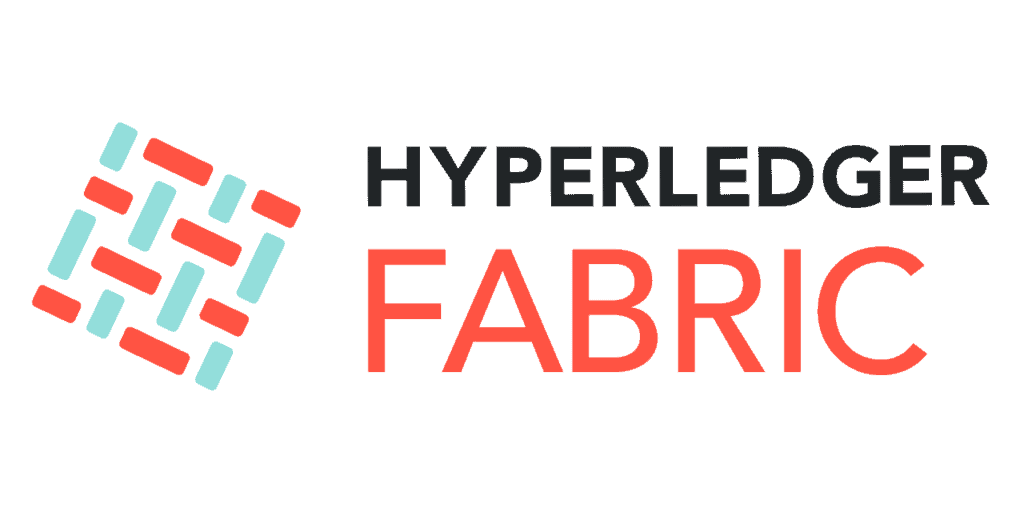- The BSP chose the Hyperledger Fabric as the Distributed Ledger Technology (DLT) for the country’s wholesale Central Bank Digital Currency (CBDC) pilot.
- Hyperledger Fabric 101: This blockchain is intended as a foundation for developing enterprise-grade applications and solutions. It is an open-source project that allows components to be “plug-and-play,“ and offers a unique approach to consensus that enables performance at scale while preserving privacy.
- However, a paper published by a former member Thailand’s CBDC pilot team highlighted four factors for a reliable DLT-based CBDC system: scalability, confidentiality, resilience, and security.
On September 12, 2023, BitPinas will sit down with blockchain lawyer Rafael Padilla to discuss the impact of CBDC in the crypto landscape in the Philippines.
On September 7, 2023, the Bangko Sentral ng Pilipinas (BSP) revealed that it had chosen Hyperledger Fabric as the Distributed Ledger Technology (DLT) for the country’s wholesale Central Bank Digital Currency (CBDC) pilot.
In a statement, the BSP explained that Hyperledger Fabric was chosen through an exhaustive evaluation process that included system demos, walkthrough procedures, and a scoring system based on various metrics like access, security, 24/7 availability, interoperability, and programmability.
Consequently, the central bank said it chose DLT for its capability to record, share, and synchronize data and transactions across a distributed network of participants. This technology will be instrumental in testing Project Agila’s specific use cases, the BSP emphasized.
Why did the BSP choose Hyperledger Fabric? What are its features? Is it the best blockchain to run a CBDC system? This is the Hyperledger Fabric 101 article on BitPinas.

Hyperledger Fabric 101: An In-Depth Look
Hyperledger Fabric is a blockchain framework that is intended as a foundation for developing enterprise-grade applications and solutions. It is an open-source project from the Linux Foundation that allows components to be “plug-and-play,“ such as consensus and membership services, and offers a unique approach to consensus that enables performance at scale while preserving privacy.
As a blockchain, Hyperledger Fabric supports smart contracts that can be programmed in different programming languages, such as Kava, Go, or Node.js. Smart contracts are the reason behind a DLT’s ability to record, share, and synchronize data and transactions in a system.
Basically, nodes operate on this blockchain and perform different functions, such as validating transactions, maintaining the ledger, and executing chain code. And as the code and the agreements are written in a smart contract across the Hyperledger Fabric network, transactions become trackable and irreversible.
Hyperledger Fabric 101: Components and Limitations: Is It Good Enough?
Hyperledger Fabric claims to be an “enterprise-level permission blockchain network.” It is composed of different organizations, which are called members, that connect and interact with each other. These members could be financial institutions, regulators, or private companies, with each one of them having a fabric certificate authority.
Each member can then form peers to participate in the network using this certificate. All of these peers must be authorized and validated.
According to the Hyperledger Fabric developers, some of the blockchain’s best features are:
- Permissioned network: With more than 120,000 contributing organizations and more than 15,000 engineer contributors working together, it offers assurance of a well-built network.
- Confidential transactions: Members can only choose the data they want to share with other parties.
- Pluggable architecture: Members can choose the features they want for their entity while utilizing the blockchain.
- Easy to get started: As mentioned above, members can use different programming languages they already know to get started.
However, there could also be limitations to using this blockchain. Since Hyperledger Fabric is designed for a permissioned network, its scalability for public networks may be limited.
The nodes operating on this network could also face challenges in handling high volumes of transactions.
Lastly, running a Hyperledger Fabric network requires additional costs and resources to deploy and operate blockchain applications.
Has the BSP Made the Right Choice?
In a paper published by Vijak Sethaput, who was a senior developer and participated in Project Inthanon, Thailand’s CBDC pilot, the author highlighted four factors for a reliable CBDC system: scalability, confidentiality, resilience, and security.
According to him, a blockchain-based CBDC should be able to handle a large volume of transactions per second without compromising on speed or security.
Going back to the limitations of Hyperledger Fabric, where its scalability for public networks is questioned, is it safe to assume that the blockchain is okay to use since Project Agila is for wholesale CBDCs only and not retail?
Moreover, Sethaput also insisted that CBDCs that use DLT can continuously operate without interruption, as it offers potentially better efficiency and cost-effectiveness with an increased level of resilience.
Since Project Agila is using DLT, can it be safely assumed that the project will be resilient enough to avoid interruptions in transactions?
Lastly, talking about confidentiality and security, the author mentioned that many studies have found that hackers can enter DLT-based CBDC systems and determine various information by analyzing pseudonyms or addresses.
This article is published on BitPinas: Hyperledger Fabric 101: The Blockchain Behind BSP CBDC Project
Disclaimer:
- Before investing in any cryptocurrency, it is essential that you carry out your own due diligence and seek appropriate professional advice about your specific position before making any financial decisions.
- BitPinas provides content for informational purposes only and does not constitute investment advice. Your actions are solely your own responsibility. This website is not responsible for any losses you may incur, nor will it claim attribution for your gains.
- SEO Powered Content & PR Distribution. Get Amplified Today.
- PlatoData.Network Vertical Generative Ai. Empower Yourself. Access Here.
- PlatoAiStream. Web3 Intelligence. Knowledge Amplified. Access Here.
- PlatoESG. Automotive / EVs, Carbon, CleanTech, Energy, Environment, Solar, Waste Management. Access Here.
- PlatoHealth. Biotech and Clinical Trials Intelligence. Access Here.
- ChartPrime. Elevate your Trading Game with ChartPrime. Access Here.
- BlockOffsets. Modernizing Environmental Offset Ownership. Access Here.
- Source: https://bitpinas.com/learn-how-to-guides/hyperledger-fabric-101-blockchain-bsp-cbdc/



